DOG TRAINING OFFERED IN-PERSON AND ONLINEOur dog training services are delivered in almost any format that meets your needs. We have GROUP CLASSES at our indoor and outdoor facilities on our farm, ONLINE LIVE STREAMING classes, and SELF-PACED VIDEO-BASED training through our Online Dog Training Course. Our PRIVATE TRAININGS can be done in-home, outside, in public dog-friendly locations, at our facility on our farm, online via phone or video conferencing and through email. |
This article is part of our E-book, ASK THE TRAINER: Answers to common questions about dog training and behavior issues, including jumping, leash manners, aggression, fearfulness, and more.
Question:
My new dog is somewhat fearful of strangers. I was told I should have visitors feed my dog treats to help him overcome his fear. Is that what you recommend?
The Trainer Answers:
Whenever we have a dog who is fearful of something – strangers, other dogs, vacuum cleaners, or anything else – I DO want to create some positive associations with whatever is causing the fear. So at first glance, the idea of having the stranger feed treats to your dog might seem like a good idea. However, it is NOT what I would recommend. Let me explain why.
If a dog is afraid of new people, and I have a new person tempting him with treats, I could very likely draw my dog into a situation he’s not ready to handle. The dog might move in to take the tasty treat. But then what happens? Now the stranger’s hand (with no treat) is right in front of the dog’s face. Unfortunately, many people will assume the dog is ok because he approached. If that person goes to try to pet the dog on the head, the dog could very likely bite the hand that just fed him. By enticing him in with the treat, we often push a dog beyond his comfort zone and ability to handle the situation. This sometimes ends up causing a dog to bite someone.
While this won’t always happen, why take the chance? Instead, I want to create positive associations with the visitor but without putting my visitor at risk of a bite. In this case, I might pair a tasty treat with the visitor, but I will be the one to dole out the treats in the presence of the visitor. That way I create a positive association but without pushing my dog to move in closer than he should at this stage.
I am also not going to allow visitors to try to pet my dog. If I am working with dogs who are fearful of strangers, I never touch those dogs until they invite me to do so. Often my clients are
focused on how to safely allow visitors to pet the dog, but we should be focusing on allowing the dog to build some trust first. I don’t generally want strangers to give me a big hug when I first meet them, and many dogs do not want strange people touching them either. It’s perfectly ok to NOT allow people to pet your dog until your dog is ready to accept strange hands on him.
Our goal is to positively impact the lives of as many dogs and their families as we can, in part through our extensive library of video, infographics and text articles. |

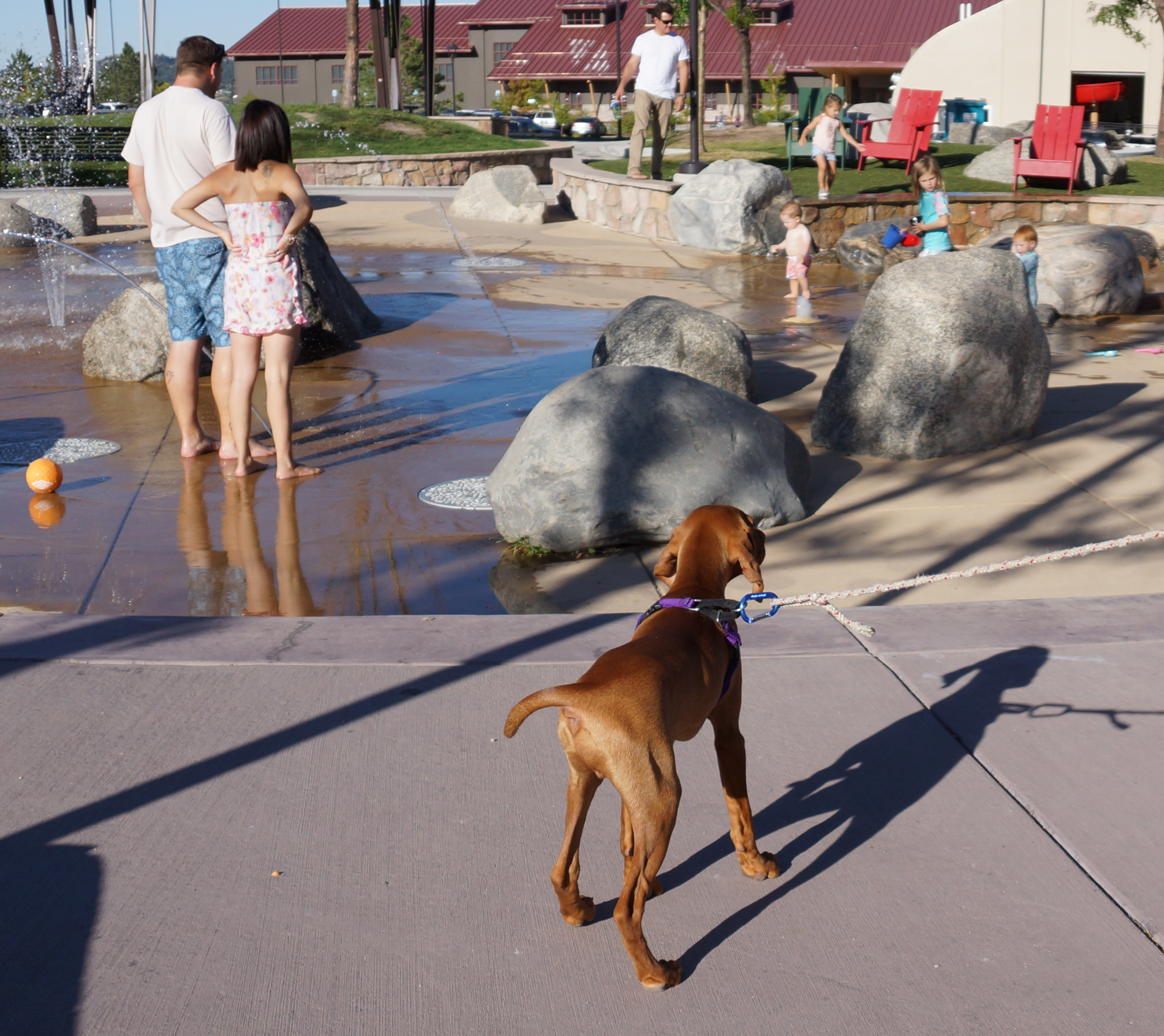
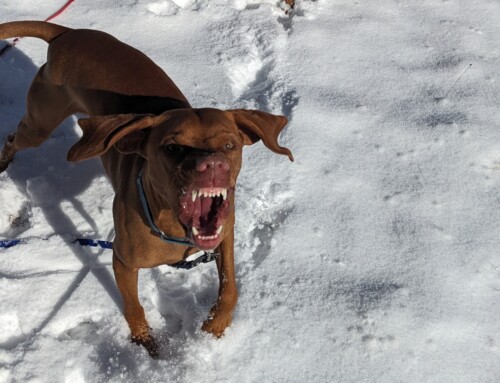
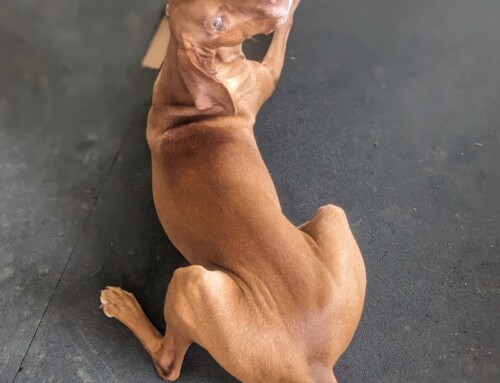

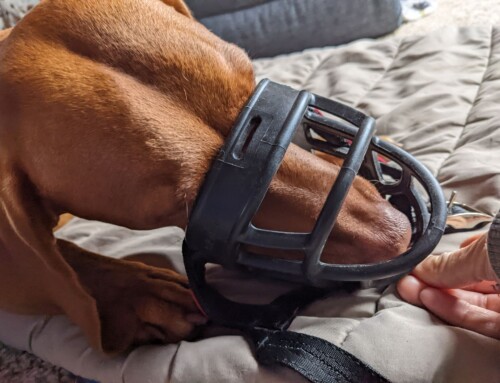


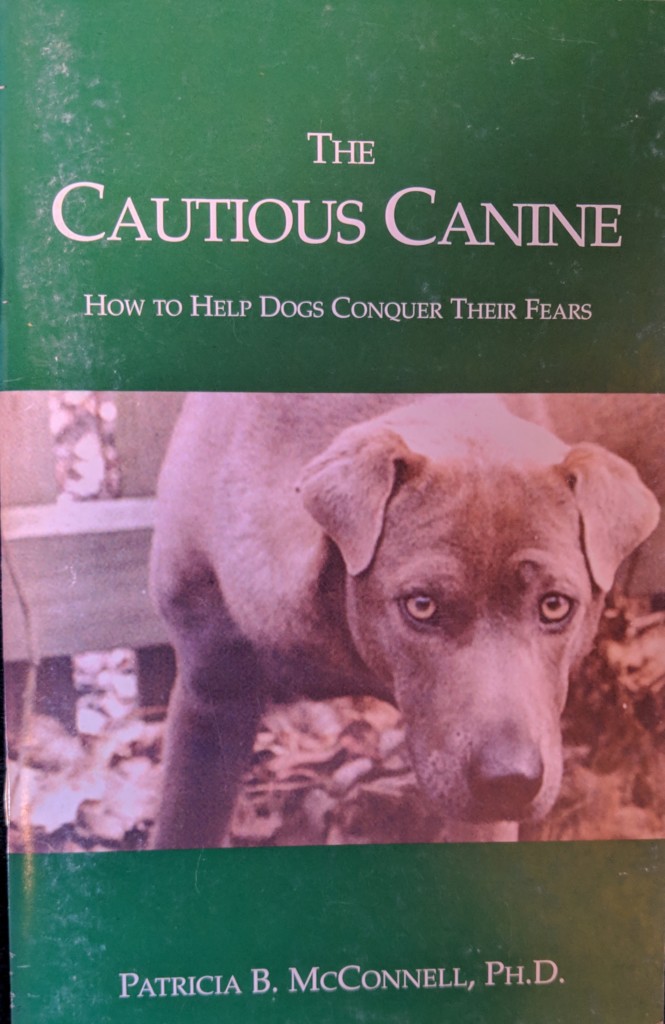

Leave A Comment